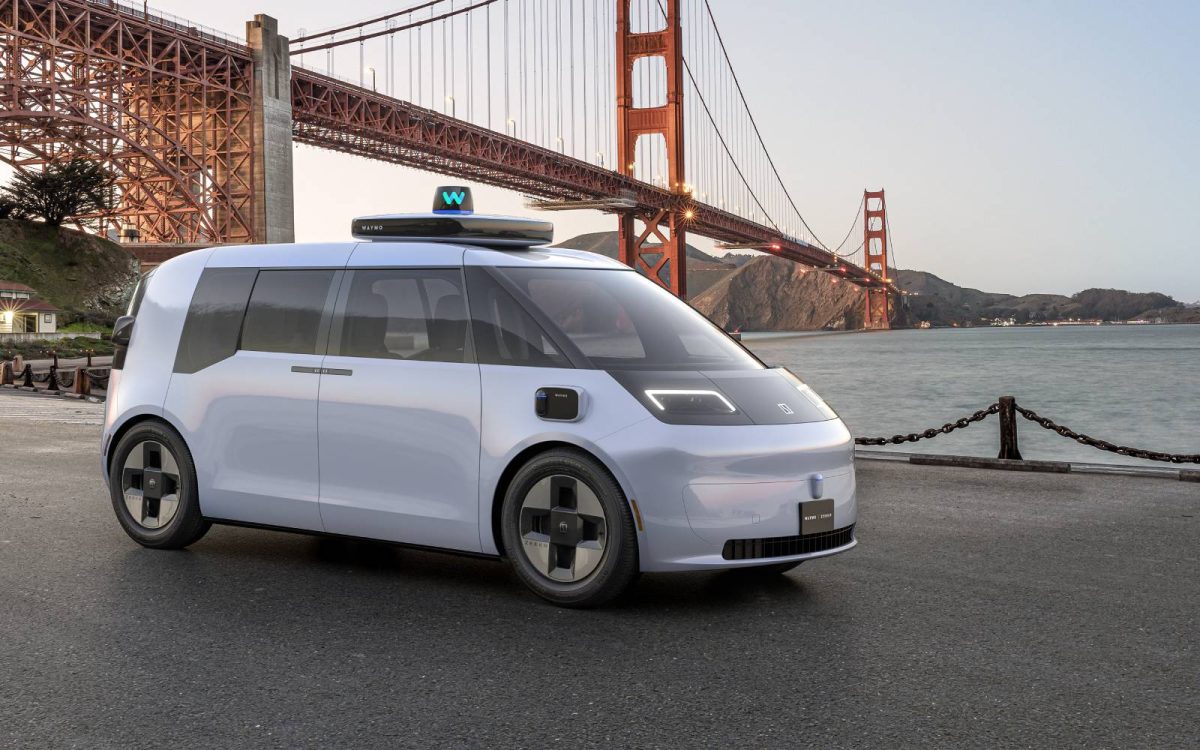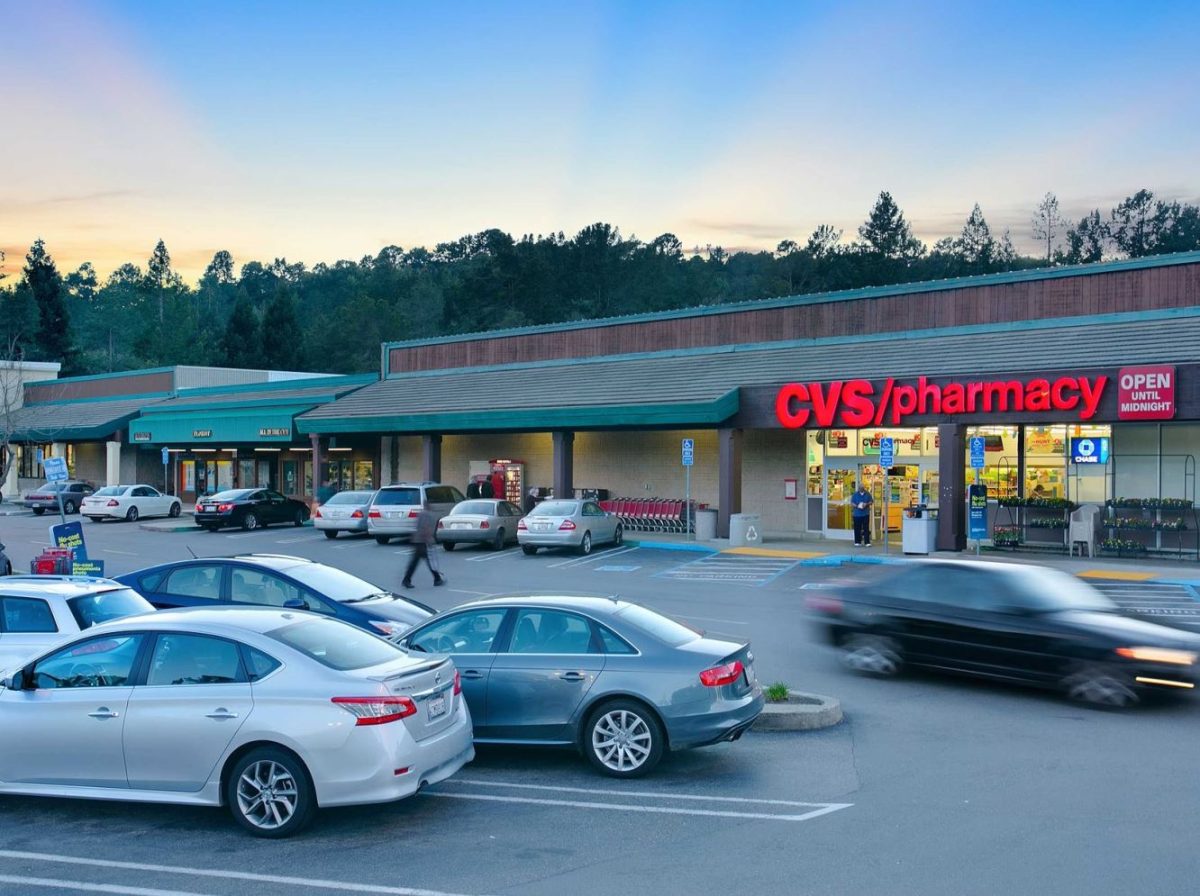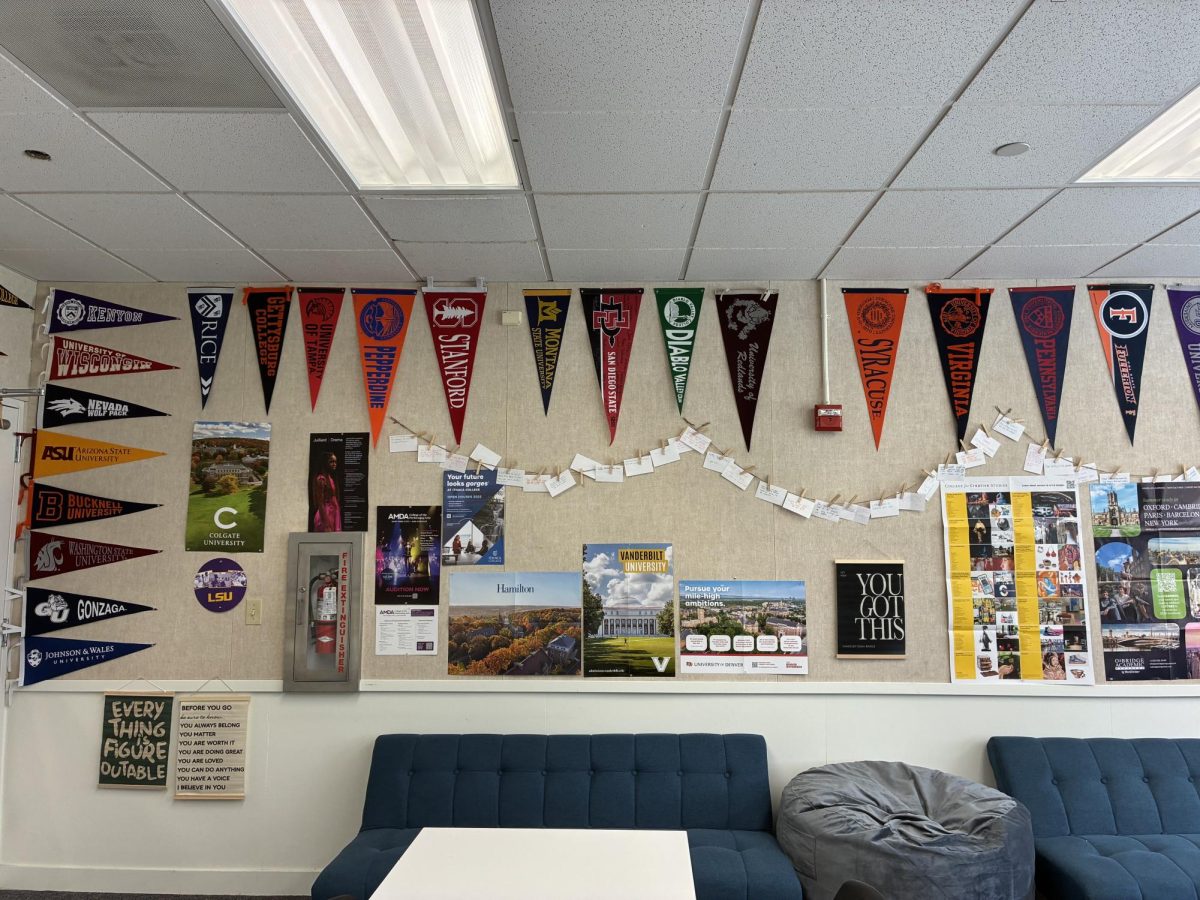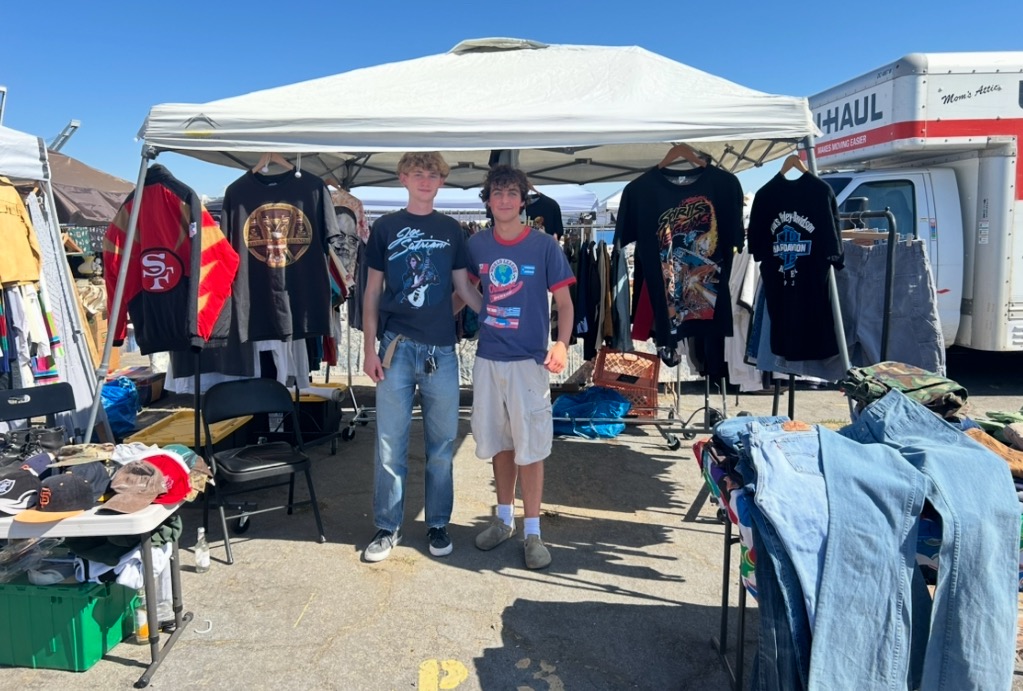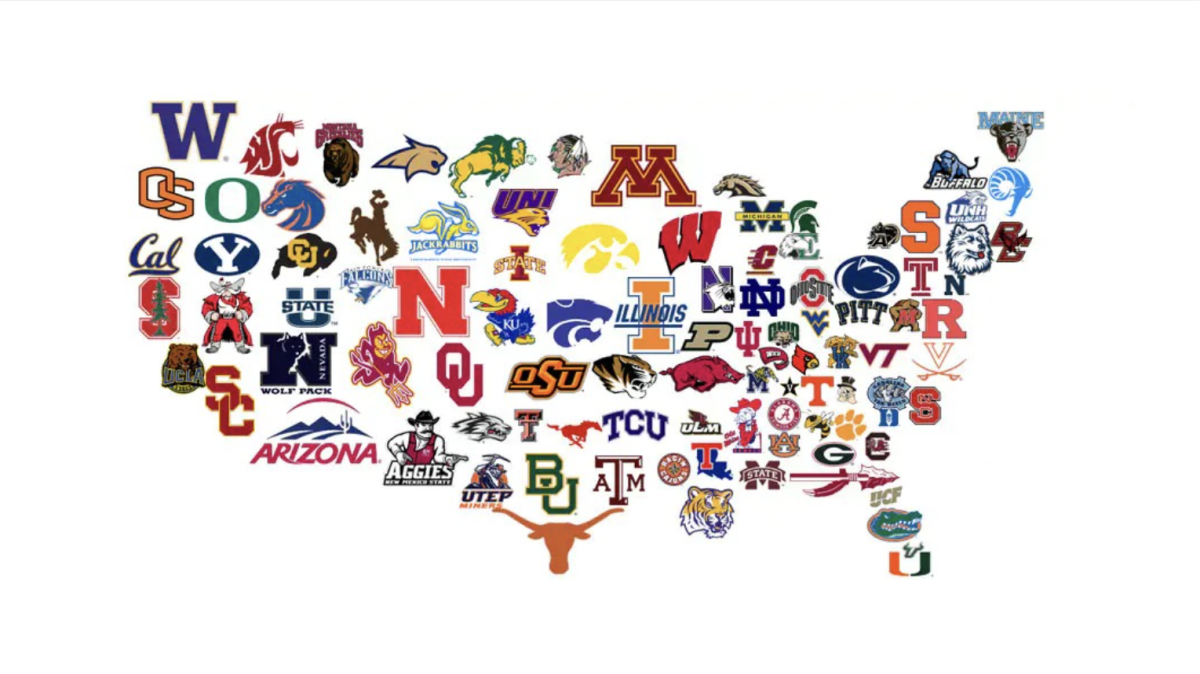The busy city of San Francisco is always packed with cars parked along the steeping hills. Uber and Lyft are overbooked with riders. But in recent years, a new option has risen to the spotlight: Waymo, a self-driving car created by Google. These cars are rapidly multiplying across San Francisco. For travelers stranded on the SF roadside, if an Uber is unavailable and no taxis are in sight, they can always order a Waymo.
Waymo is currently operating in 5 cities: Phoenix, Los Angeles, Austin, Atlanta, and San Francisco. These cities are called “tester” cities. They serve as a test for the company, so the government can assess whether the cars are fit to leave the boundaries of these big cities. Waymo looks to expand to cities with snowy winters and wet roads, hoping to implement this driverless car across the United States. Like other ride-share companies, Waymo provides users with an app to “call” a car to the designated location. With over 300 Waymo cars in SF, there is unlikely to be a shortage of available cars. Waymo allows riders to choose their own music for themselves, without a driver. However, technology is advancing quickly: some say too quickly. Citizens of these cities, including San Francisco, question if Waymo is truly safe for everyday rides in a busy city.
Many qualms could arise about a car with no driver in the front seat. Will it be able to make quick decisions? What if people are crossing when they aren’t supposed to? How slow do they drive? These questions cause citizens of the “tester” cities to opt for Uber or Lift instead of what might be a dangerous car. “I think the Waymo was a much better driver than most Ubers or taxis that you take,” senior Audrey Kosla, who has reported using a Waymo, said. Waymo has had 72% fewer injury-causing crashes as well as 48% fewer police-reported crashes, according to its website. Additionally, the automated vehicle can see stop signs and pedestrians over 500 meters in the distance, allowing the cars to calculate what move needs to be made next. “…Waymo is a safer “driver” than your average human driver. We hear about every Waymo accident (and there aren’t many that have been reported) whereas car accidents involving humans happen multiple times a day in the City,” San Francisco native of 45 years Senna Osby said.
Many differences separate Waymo and Uber, beyond the fact that one is driverless. Now, when entering a Waymo car, you are not greeted with a “Hi” from the driver but instead silence. Some interpret this silence as comfortable, while others find it eerie. For many, these advances in technology can be concerning because human jobs are slowly getting taken away by robots. However, with Waymo, passengers should feel comfortable as Waymo is simply a tester for the future. Still, some in Orinda might not feel relaxed using Waymo as “…the roads in Orinda are much windier and it would take a lot longer with a Waymo to navigate the roads,” Kosla said.
However, some harbor high hopes for Waymo, especially given its convenience and even, to some, safety. The screen pad attached to the middle console allows the rider to tell the car where they need to go as well as play their preferred music. “[My friends] feel safer in not riding in the car with a stranger and prefer the anonymity of Waymo. They prefer not having to engage with a person,” Osby said. Whether coming home from a late night or simply commuting from work, Waymo gets the job done with little awkwardness and a lot of freedom.

